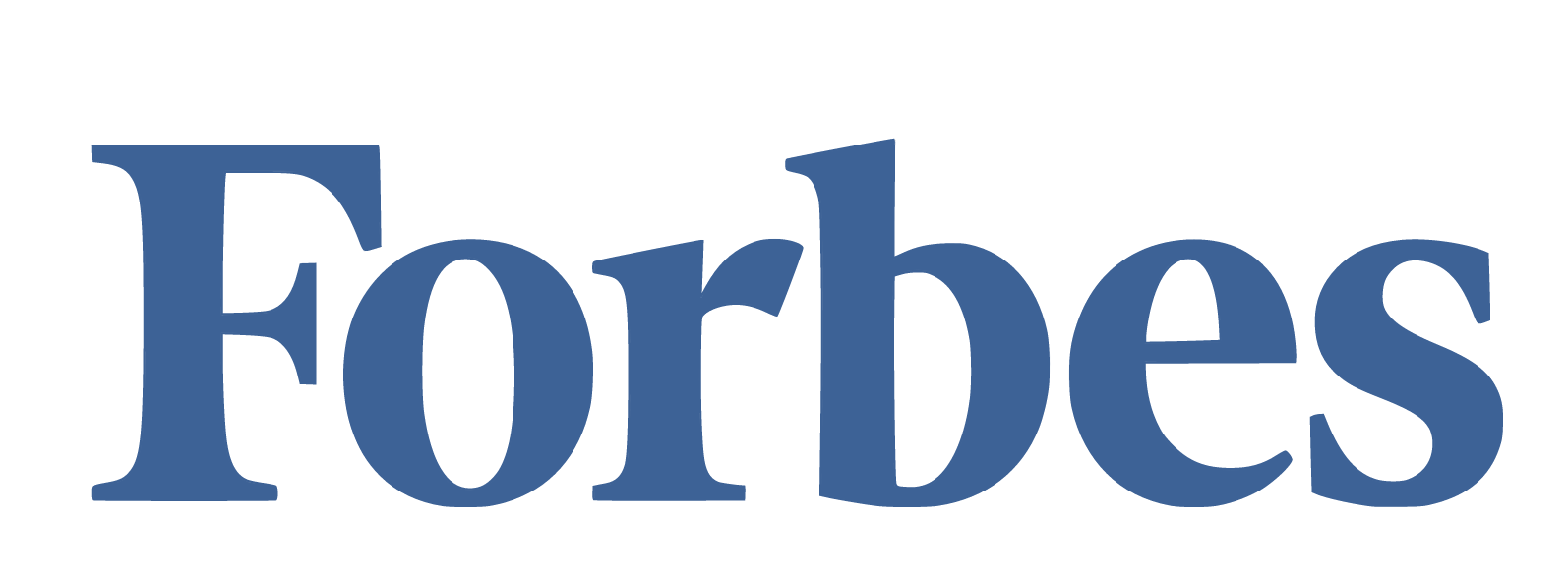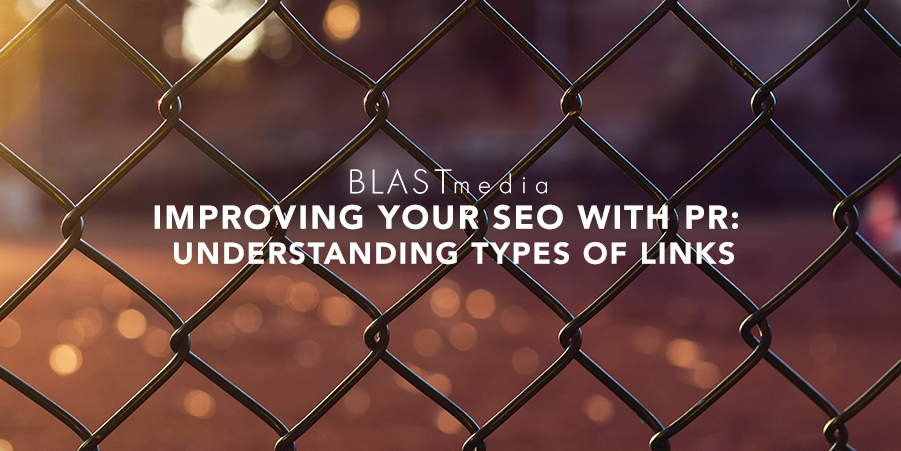When it comes to SEO, the number of high-quality links you have to your website is important. Search engines use links to discover new web pages and help determine how well a page should rank in search results.
So, if you have a page on your website about “PR for SaaS companies,” that you want to appear as one of the first results when someone searches for “PR for SaaS companies,” you can greatly improve your odds by having other websites Google deems favorable link back to that page.
However, not all links are equal in the eyes of Google. As the Moz Beginner’s Guide to Link Building explains, “quality is more important than ever because Google has begun penalizing websites that build low-quality or spammy links.” While this applies to SEOs, it also applies to PR professionals and others developing content.
If you have a robust PR program in place, you’re likely generating different types of links as a result of your efforts. However, the greatest potential SEO benefit comes from natural editorial links — the “holy grail for SEOs,” according to Moz.
What are Natural Editorial Links
Natural editorial links — which can include both follow and no-follow links — exist in content on websites other than your own. As the name implies, these links are editorially given by other website owners and fit naturally into the context of an article or blog. Because these types of links are a natural fit, in some cases, you don’t even have to ask for them.
However, as Moz explains, to generate natural editorial links, you need to give someone a good reason to link to your site. According to Moz, “an example of a good reason may be a great piece of content that you’ve created which you then seeded with a few key influential bloggers, and through that process, more bloggers have naturally become aware of it.” This also applies to other influencers, including members of the media.
In terms of SEO value, editorial links are ideal, because they continue to be held up by Google as examples of favorable linking strategy.
Why PR is the Best Way to Build Natural Editorial Links
To generate natural editorial links you need to give someone a compelling reason to include a backlink. That’s one of the factors that makes PR such a powerful tool for link building: The “why” is often built-in.
Consider this scenario: You’re looking to build thought leadership by elevating a specific spokesperson in your company, so you pitch that spokesperson to comment on an industry trend. In that case, the editor might link back to something else the spokesperson wrote on your site, or maybe his bio on your site, as a way of building credibility for the spokesperson in the article.
However, that’s not the only reason a journalist might include a link back to your website in an article. Here are a few examples of natural editorial links appearing in media coverage:

“This infographic highlights some of the key points from 6sense’s 2019 Sales Development Benchmark Report on building a successful sales development organization.”

“Allos Ventures, an Indianapolis-based venture capital firm, will continue its buy in on the Midwest with the $52 million close of its latest fund, Allos III.”
Successful link-building and the SEO value it brings can be alluring, but it’s important to remember: Although the reasons for implementing a PR strategy vary, link-building shouldn’t be your company’s sole reason for implementing a PR strategy. By implementing a PR program that takes advantage of the coverage mix and the four pillars of B2B SaaS PR to support larger marketing and business objectives you are likely to secure coverage with natural editorial links.
What About Those Other Types of Links?
Outside of natural editorial links, there are two other common types of links: Manual outreach links and self-created, non-editorial links.
Manual outreach link-building is often the most common type of link-building performed by SEO specialists — especially for startups and other companies that are small or relatively unknown. As Moz experts explain, “It involves manually contacting website owners and bloggers, asking them to link to you … you need to give them a reason to link to you and to be successful, you need to be contacting people who are relevant.”
If blog management is part of your job, you might have even seen manual outreach link-building in action. When someone contacts you about an existing, well-ranking blog post, asking you to add a link to their company’s website, that’s an example of manual outreach link-building.
Despite “outreach” being part of the name, manual outreach link building differs from credible PR outreach efforts, because it doesn’t require being part of the editorial process. Manual outreach link building doesn’t require the company requesting the link to have anything to do with the story or its development, so these requests typically come after something is published and already ranks well in search. Links from PR outreach, on the other hand, are typically a result of conversations with a journalist during the development of a story including the brand, a thought leader or brand data; and links are included to enhance the piece. Any ethical PR professional understands that contacting editors and asking them to add links into existing stories that have nothing to do with your brand, not only won’t result in a backlink but will damage the relationship with that editor.
Most other kinds of links not considered “natural editorial links” or “manual outreach” fall into the category of self-created, non-editorial links. This includes places where links can be posted without oversight — such as blog comments that are not moderated, forum signatures and directories that are not moderated — as well as places where brands can pay for placement, such as press releases with optimized anchor text and advertorials.
Self-created, non-editorial links are sometimes frowned upon because practices were used in the past to “fool” search engines. It’s not bad to hyperlink your company name in a press release to help the reader looking to learn more, but you should steer clear of keyword stuffing (defined as loading your press release with keywords in an attempt to manipulate a site’s ranking in Google search results) by keeping links to a minimum, linking to different pages and varying anchor text. It’s also important to understand that linking in a press release is not going to add SEO value in the same way as a natural editorial link.
In summary, if you’re looking for backlinks that add SEO value, bypass manual outreach link building and self-created, non-editorial links in favor of the natural editorial links. The best place to get those links? Media coverage resulting from a robust PR program.
Frequently asked questions:
- What are editorial links?
Editorial links are links included by other website owners and fit naturally into the context of an article or blog on that website. For example, when VentureBeat writes an article about SaaS company Logicgate and links back to Logicgate’s website, this is an editorial backlink for Logicgate.
- How do I get editorial links?
Proactive outreach to the media as part of a PR program is the best way to build editorial links.
- What are the three types of links?
The three most common types of links are natural editorial links, manual outreach links, and self-created, non-editorial links.

